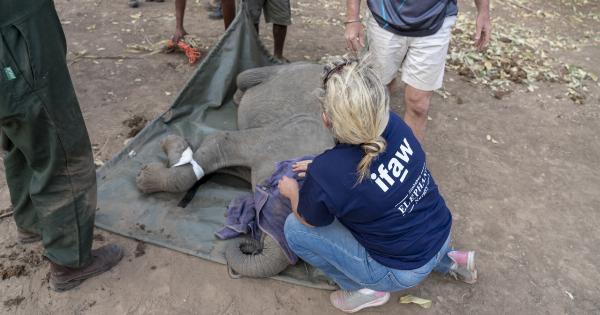The rapid advancement in medical technology has significantly improved the chances of survival for individuals who experience cardiac arrest.
While the term “cardiac arrest” often evokes images of sudden death, the truth is, prompt and effective intervention can potentially bring patients back to life. In this article, we delve into the remarkable story of a 65-year-old individual who was successfully resuscitated after suffering from cardiac arrest.
This inspiring tale showcases the tireless efforts of medical professionals and the wonders of modern medicine.
Cardiac Arrest: A Deadly Scourge
Cardiac arrest is a life-threatening condition that occurs when the heart suddenly stops beating. It is often caused by underlying heart conditions, such as heart attack, arrhythmia, or heart failure.
When a person experiences cardiac arrest, the flow of oxygen-rich blood to vital organs, including the brain, ceases, leading to rapid deterioration and death if not promptly addressed.
Emergency Response: The Key to Survival
Time is of the essence when it comes to cardiac arrest. The chances of survival dramatically decrease with every passing minute. Thankfully, emergency medical services play a vital role in resuscitation efforts.
Upon receiving a distress call, paramedics are dispatched promptly to the scene, equipped with the necessary tools to initiate life-saving measures.
Life in the Balance: The Journey to the Hospital
When a patient experiences cardiac arrest outside of a healthcare facility, cardiopulmonary resuscitation (CPR) is often initiated by bystanders or emergency medical professionals.
CPR involves the provision of chest compressions and rescue breaths to manually circulate blood and oxygenate vital organs. This crucial intervention buys valuable time until more advanced medical care can be administered.
Upon arriving at the scene, paramedics assess the patient’s condition and continue resuscitation efforts. They may administer additional medications or employ defibrillation, aiming to restore the heart’s normal rhythm.
Once stable, the patient is swiftly transported to the nearest hospital, where specialized care can be provided.
An Arsenal of Medical Interventions
Modern medicine offers an array of interventions designed to revive patients who have suffered cardiac arrest.
As soon as the patient arrives at the hospital, a multidisciplinary team of healthcare professionals, including cardiologists, emergency physicians, and intensive care specialists, work collaboratively to save lives.
Targeted Temperature Management: Cooling for a Better Outcome
One particularly groundbreaking intervention employed in the case of our 65-year-old patient is targeted temperature management (TTM), also known as therapeutic hypothermia.
TTM involves the controlled lowering of a patient’s body temperature to induce a state of pronounced hypothermia. This technique has demonstrated significant benefits in preserving neurological function and improving overall survival rates following cardiac arrest.
The Power of Advanced Cardiac Life Support (ACLS)
Advanced Cardiac Life Support (ACLS) is a set of protocols and interventions used to manage cardiac emergencies effectively.
It involves the administration of medications to stabilize heart rhythms, the insertion of specialized tubes to secure the airway, and the use of mechanical ventilation to support breathing. ACLS is a critical component of resuscitating patients, including those who have experienced cardiac arrest.
A Supportive Environment: The Intensive Care Unit (ICU)
Post-resuscitation care often takes place in the intensive care unit (ICU). Here, patients receive comprehensive care and monitoring while they recover from the traumatic event.
Specialized equipment, such as continuous cardiac monitoring devices, mechanical ventilators, and advanced imaging technologies, assist healthcare professionals in delivering targeted care.
The Road to Rehabilitation
The journey does not stop at mere survival. Rehabilitation plays a crucial role in helping patients regain their independence and quality of life.
After being stabilized in the ICU, patients are typically transferred to specialized rehabilitation units where a team of physiotherapists, occupational therapists, and speech therapists work diligently to restore physical and cognitive functions.
Prevention and Awareness: The Key to Reducing Cardiac Arrest
Preventing cardiac arrest is a multifaceted approach that involves raising public awareness, promoting heart-healthy lifestyles, and ensuring access to timely medical care.
Education campaigns, CPR training programs, and widespread availability of automated external defibrillators (AEDs) have all contributed to improved outcomes for cardiac arrest victims.
Conclusion
The case of our 65-year-old patient serves as a testament to the potential for survival and recovery after cardiac arrest.
Thanks to advancements in emergency medical services, cutting-edge interventions, and dedicated healthcare professionals, individuals who experience cardiac arrest are being given a second chance at life. By spreading awareness, investing in research, and promoting heart health, we can continue to improve outcomes and save countless lives from this deadly condition.






























